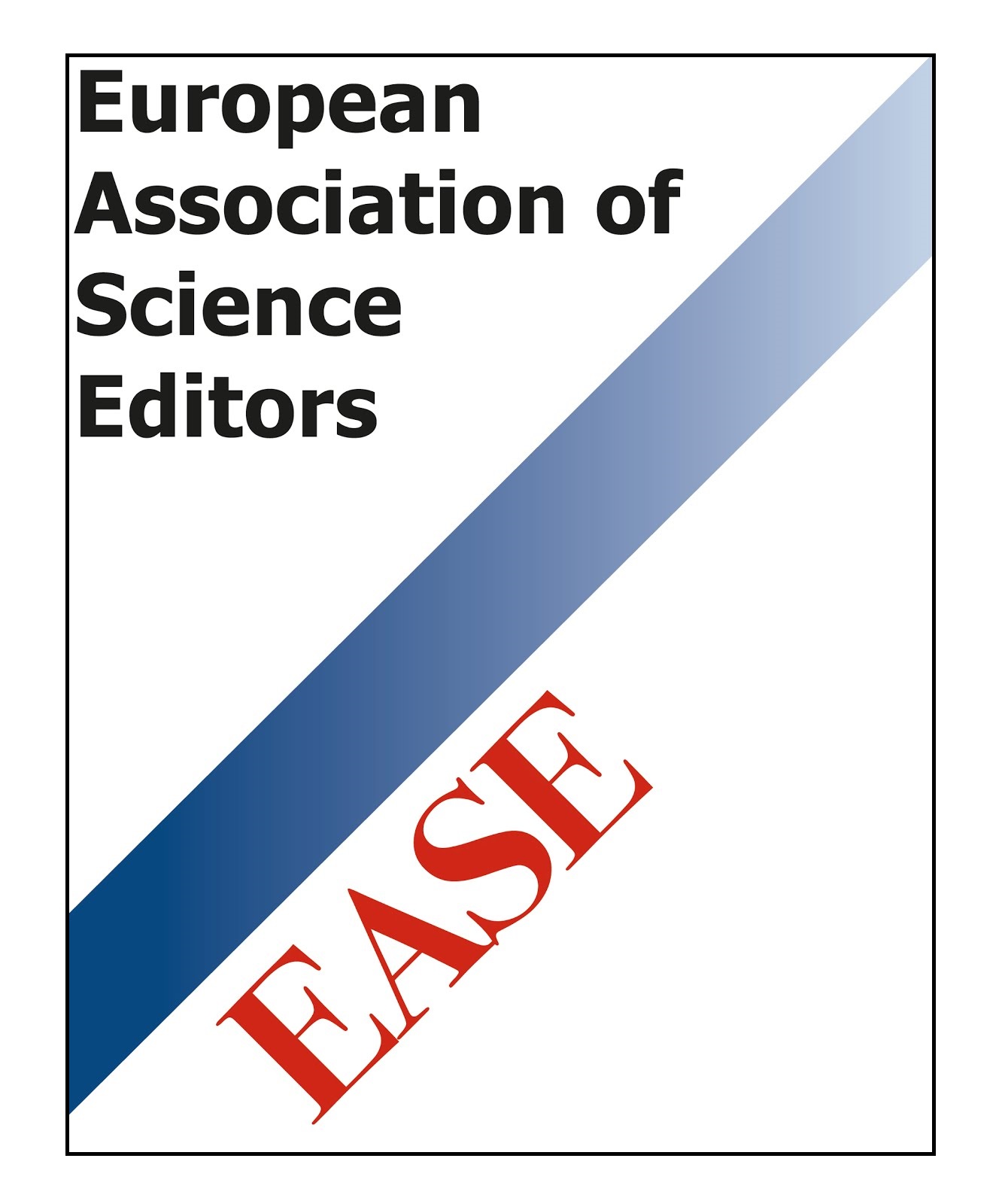Development and Validation of an X-ray Imaging Detector for Digital Radiography at Low Resolution
DOI:
https://doi.org/10.15415/jnp.2020.72023Keywords:
X-ray detector, Digital radiography, Scintillator, CCD image sensor, Spatial resolutionAbstract
Digital X-ray detectors are required in different sciences and applications, however many high quality devices are expensive although high-resolution images are not always required. We present an easy way to build a detector capable of forming X-ray digital images and video with a very large area (18×18 cm2). The detector is formed by three main components: scintillator, optics lenses and CCD sensor. Basically, the device converts the X-rays into visible light which is then collected by the CCD sensor. The scintillator is Gadox type, from Carestream®, 18×18 cm2, regular type, lambda 547 nm. The optics lenses are generic, with manual focus and widely visual field. The CCD sensor has a size of 1/3″, 752 × 582 pixels, monochrome, 20 FPS, 12 bits ADC and pixel size of 3.8 μm. With the built detector and an X-ray source, we formed an X-ray imaging detection system to generate digital radiographs of biological or inert objects-examples are given-, as well as real-time X-ray video. Additionally, the spatial resolution limit was measured in terms of Modulation Transfer Function by the method of opaque edge from a lead sheet with a result of 1.1 Lp/mm. Finally using a filter, the focal spot of the X-ray source is measured, resulting in a diameter of 0.9 mm (FWHM).
Downloads
References
A. B. Reed, Journal of Vascular Surgery 53, 3S (2011). https://doi.org/10.1016/j.jvs.2010.07.024
H.E. Martz et al., X-ray Imaging: fundamentals, industrial techniques and applications. CRC Press, (2016).
T. Angsuwatanakul et al., International Symposium on Communications and Information Technologies, Bangkok, 2006, 1145 (2006). https://doi.org/10.1109/ISCIT.2006.339959
M. Nikl, Meas. Sci. Technol. 17, R37 (2006). https://doi.org/10.1088/0957-0233/17/4/R01
A. D. A. Maidment and M. J. Yaffe, Phys. Med. Biol. 40, 877 (1995). https://doi.org/10.1088/0031-9155/40/5/011
A. D. A. Maidment and M. J. Yaffe, Phys. Med. Biol. 41, 475 (1996). https://doi.org/10.1088/0031-9155/41/3/010
Zschornack, Günter H. Handbook of X-ray Data. Springer Science & Business Media, (2007).
Knoll, Glenn F. Radiation detection and measurement. John Wiley & Sons, (2010).
Als-Nielsen, Jens, and Des McMorrow. Elements of modern X-ray physics. John Wiley & Sons, (2011). https://doi.org/10.1002/9781119998365
J. G. Rocha and S. Lanceros-Mendez, Recent Patents on Electrical & Electronic Engineering 4, 16 (2011). https://doi.org/10.2174/1874476111104010016
E. Samei, M. J. Flynn and D. A. Reimann, Medical physics 25, 102 (1998). https://doi.org/10.1118/1.598165
Hartmut Illers et al., Radiation Protection Dosimetry 114, 214 (2005). https://doi.org/10.1093/rpd/nch506
J. D. Everson and J. E. Gray, Radiology 165, 261 (1987). https://doi.org/10.1148/radiology.165.1.3628780
B. A. Arnold, B. E. Bjarngard and J. C. Klopping, Physics in Medicine & Biology 18, 540 (1973). https://doi.org/10.1088/0031-9155/18/4/006
B. K. Cha et al., Radiation Measurements 45, 742 (2010). https://doi.org/10.1016/j.radmeas.2009.12.025
Downloads
Published
How to Cite
Issue
Section
License
View Legal Code of the above-mentioned license, https://creativecommons.org/licenses/by/4.0/legalcode
View Licence Deed here https://creativecommons.org/licenses/by/4.0/
| Journal of Nuclear Physics, Material Sciences, Radiation and Applications by Chitkara University Publications is licensed under a Creative Commons Attribution 4.0 International License. Based on a work at https://jnp.chitkara.edu.in/ |














